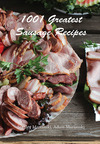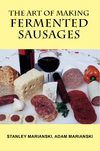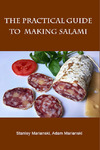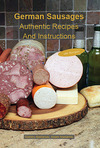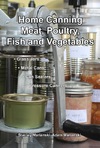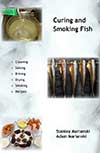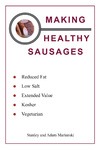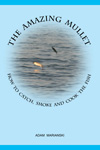Meats and Sausages
Botulism
Botulism was discovered and explained by Emile Pierre van Ermengem in 1895. Since the dawn of civilization, man has dealt with food poisoning. It has led to a number of deaths, but in most cases it was blamed on natural causes. There are very few historical sources and documents on the subject prior to the 19th century. In the 10th century Emperor Leo VI of Byzantium prohibited the manufacturing of blood sausage. At the end of the 18th century, there were documented outbreaks of ìsausage poisoningî in Wurttemberg, Southern Germany. The biggest one occurred in 1793 in Wildbad where 13 people became ill (6 of whom died) after eating a locally produced blood sausage. The above incident motivated the German poet and district medical officer Justinus Kerner (1786-1862) to investigate the problem. Although he did not succeed in discovering the bacteria that caused it, he was the first to publish detailed and complete descriptions of food poisoning between 1817-1822. He described 230 cases, most of which were linked to the consumption of sausages. He called it "sausage" or "fatty" poison. In time it became known as "botulism" after "botulus", the Latin word for sausage. Eighty years after Kernerís work, in 1895, a botulism outbreak affected 34 people. After a funeral dinner in the small Belgian village of Ellezelles, a group of local musicians consumed smoked ham. That led to the discovery of the pathogen Clostridium botulinum by Emile Pierre van Ermengem, Professor of bacteriology at the University of Ghent who investigated the incident. Van Ermengen discovered that botulism was intoxication, not infection, and that the toxin was produced by a spore-forming obligate anaerobic bacterium, "Clostridium botulinum."



